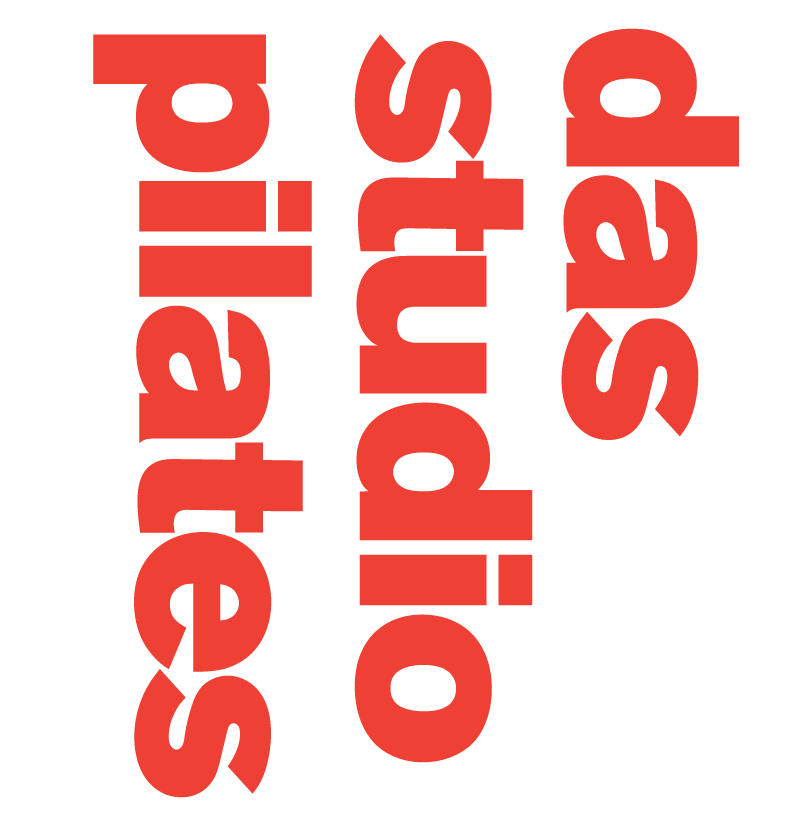What is Pilates?
"Correctly executed and mastered to the point of subconscious reaction, these exercises will reflect grace and balance in your routine activities." – Joseph H Pilates
Build core strength and stability
Address posture and alignment
Tone and lengthen the muscles
Improve flexibility, coordination and balance
Encourage pelvic and abdominal strength and support
Reduce muscular pain
Encourage a general feeling of wellbeing
Rehabilitate after injury
Pilates is a safe and effective method used to condition the body and mind. It is accessible to all ages, levels of fitness and body types as a means to build core strength and stability, address posture and alignment, tone and lengthen the muscles, improve flexibility, coordination and balance, encourage pelvic and abdominal strength and support, reduce muscular pain, encourage a general feeling of wellbeing, and rehabilitate after injury.
The exercises can be modified to suit a range of experience, strengths and abilities and can easily accommodate a variety of health conditions and injuries. The repertoire is performed on the mat and a range of equipment originally invented by Joseph Pilates.
Origins
Joseph H Pilates (1880-1967) devised the system of exercises now known as Pilates as a way of attaining personal physical strength and combating his own serious health issues. He developed his philosophy on physical health and wellbeing initially as a system of mat exercises that he called ‘Contrology’. Towards the end of World War I he worked with wounded soldiers in camps in England where he expanded his ideas to incorporate apparatus which would allow rehabilitative exercise to be performed while lying in a supine position. It was during this time that he designed equipment such as the ‘Cadillac’ and the ‘Universal Reformer’.
Joseph migrated to the United States in 1926 and opened a studio on 8th Avenue in New York with his wife Clara. There his work attracted dancers such as Martha Graham, Ted Shawn and Ron Fletcher. He was extremely possessive of his method and entrusted its instruction to only a chosen few.
Fundamental to the method are the principles of Breathing, Centering, Concentration, Flowing Movement, Precision, Control, Alignment and Commitment.

